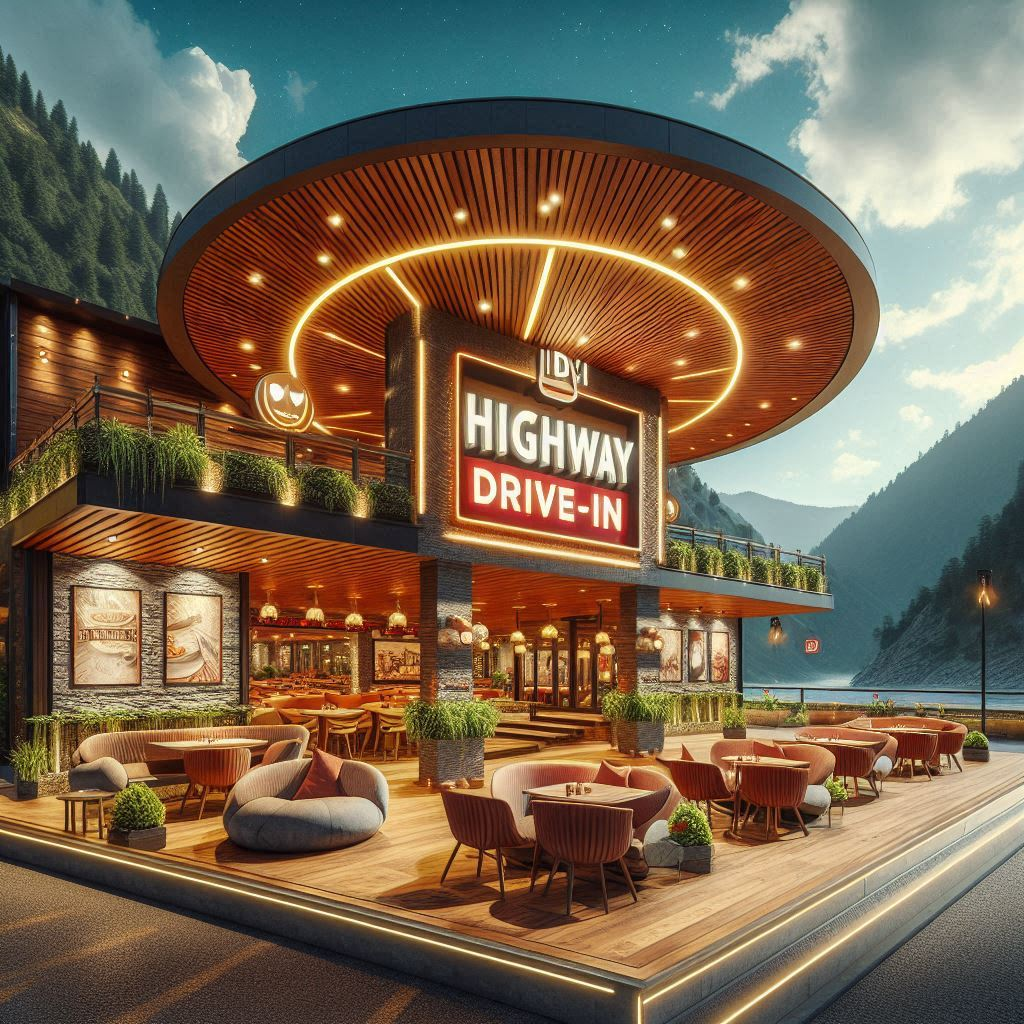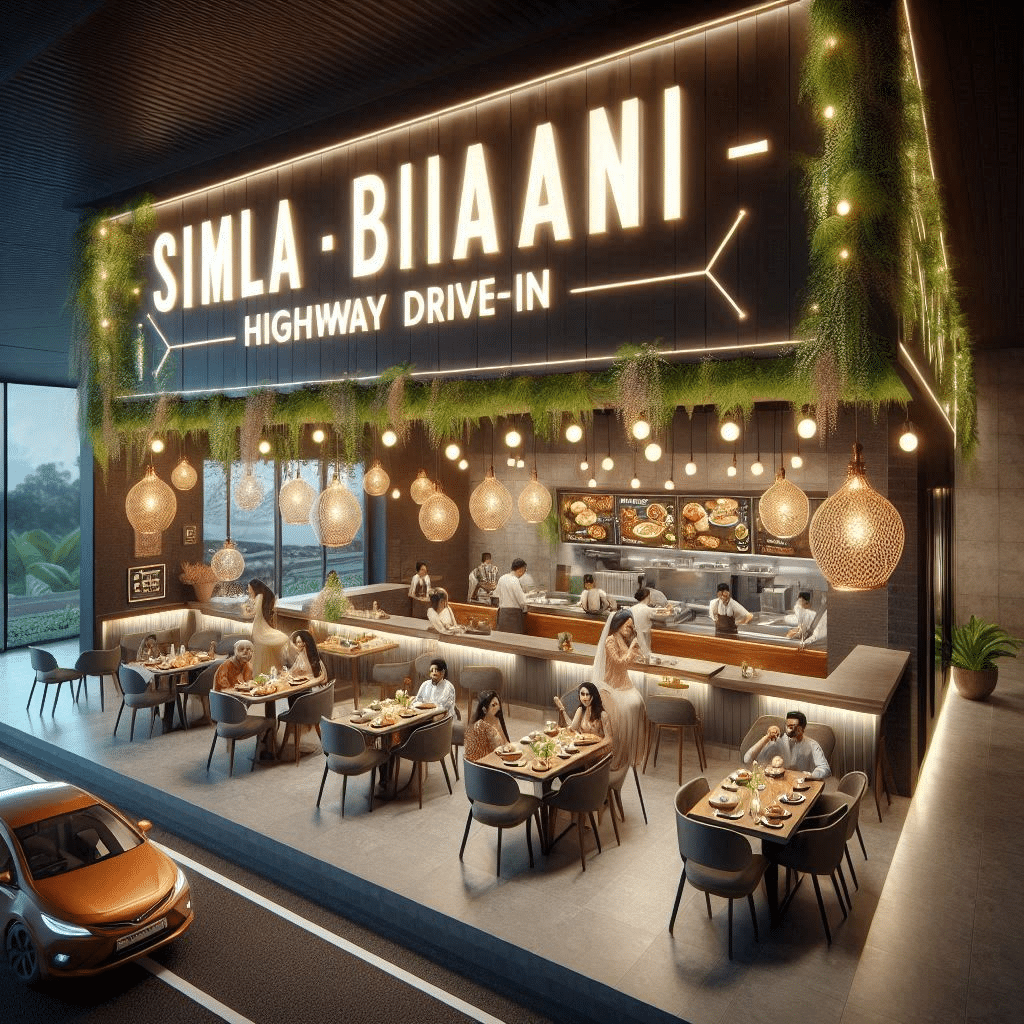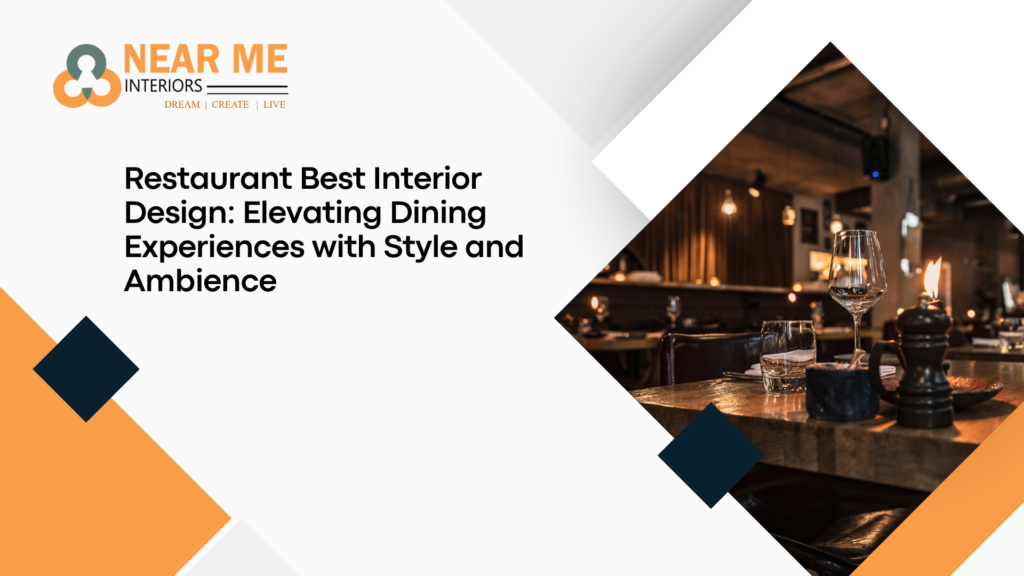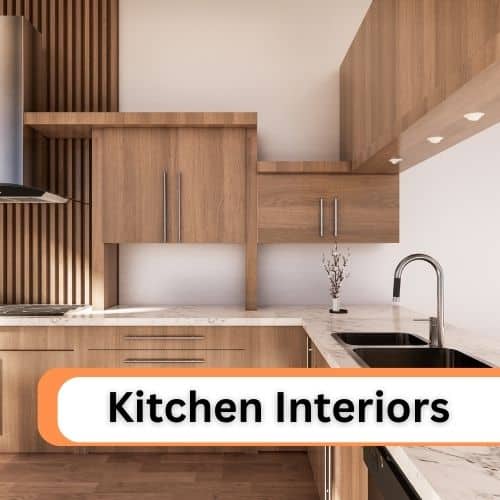In the world of culinary excellence, it is not just the food that draws patrons into a restaurant. Interior design plays a pivotal role in creating the ambience that keeps customers returning, elevating a dining experience into something memorable. From lighting and furniture to color schemes and spatial arrangements, the right interior can transform a meal into an unforgettable event. Here, we dive deep into what makes the best restaurant interior design and how it can set a dining establishment apart in an increasingly competitive market.
The Importance of First Impressions in Restaurant Interior Design
From the moment customers walk through the door, they begin forming an impression of the restaurant. The entrance design is critical in setting the tone. A sleek, modern entryway can evoke sophistication, while a rustic, cozy design might promise a homely, warm atmosphere. It’s crucial that the exterior design flows seamlessly into the interior, ensuring that guests feel a cohesive experience.
The reception area, often the first space patrons encounter, must be welcoming yet functional. Seating arrangements for waiting guests, aesthetically pleasing artwork, and an efficient, friendly reception desk can ease the transition into the dining area, building excitement and anticipation for the culinary journey ahead.




The Role of Lighting in Setting the Mood
One of the most underestimated aspects of restaurant interior design is the role of lighting. Effective use of lighting can transform the atmosphere of a space, making it feel intimate, spacious, cozy, or energetic. Dim lighting is often favored in fine dining establishments, where creating a romantic or exclusive atmosphere is key. In contrast, brighter, more vibrant lighting works well for casual dining or family-friendly restaurants.
Accent lighting can also be used to draw attention to specific features of the restaurant, such as a beautifully crafted bar, a striking piece of artwork, or the central open kitchen that showcases the chef’s artistry. Task lighting, on the other hand, is essential in areas where guests need to read menus or observe the intricacies of their dishes.
Furniture: Balancing Comfort and Aesthetics
When selecting furniture for a restaurant, it’s important to strike a balance between comfort and design. While sleek, modern furniture may complement the aesthetic theme of a restaurant, if it doesn’t offer comfort, it will ultimately detract from the dining experience. Conversely, overly plush, comfortable seating might conflict with the restaurant’s minimalist design philosophy.
Tables and chairs should be well-matched to the restaurant’s overall theme and layout. Fine dining establishments might opt for high-quality upholstered seating that encourages leisurely dining, while a café or bistro may feature rustic wooden tables that foster a more relaxed, informal vibe. Regardless of the design, ensuring that there is ample space between tables promotes a sense of privacy and comfort, making the dining experience more enjoyable for patrons.
Maximizing Space: Layout and Flow
The layout of a restaurant is integral to both the customer experience and the operational efficiency of the staff. An intuitive, thoughtful layout ensures that guests feel neither cramped nor isolated. Dining areas should feel spacious yet intimate, providing diners with enough room to enjoy their meals without feeling crowded.
Open kitchens, where diners can watch chefs at work, are becoming increasingly popular. This not only adds a sense of entertainment to the dining experience but also gives a sense of transparency and trust. For restaurants focusing on authentic cuisine, this approach can be a key design element that highlights the craftsmanship behind each dish.
Incorporating different seating options, such as booths, communal tables, and bar seating, offers variety and flexibility. This can cater to different types of customers, from solo diners to large groups, without compromising on comfort or style.
Color Schemes: Crafting the Perfect Atmosphere
The choice of color in restaurant interior design has a profound impact on the overall atmosphere. Warm colors like reds, oranges, and yellows are known to stimulate appetite and create a cozy, inviting ambiance. These hues are commonly found in casual and family-oriented dining spaces. On the other hand, cooler tones like blues and greens can evoke a sense of calm and sophistication, often suited to high-end restaurants.
Neutral colors, such as greys, beiges, and whites, are timeless and versatile, serving as the perfect backdrop for more vibrant accents or natural elements like wood and stone. They can lend a modern, clean look to a space without overwhelming the senses, creating an environment where the food remains the focal point.






Incorporating Art and Decor for Personalization
Art and décor are vital components of restaurant interior design. They not only personalize the space but also give it a distinct character that guests remember. Whether it’s a collection of local artwork, striking murals, or carefully curated vintage pieces, the decor should reflect the restaurant’s theme and values.
Greenery is another popular design trend, with many restaurants incorporating indoor plants or even entire living walls. These natural elements can soften the space, adding a refreshing contrast to industrial or minimalist design elements.
Mirrors are another versatile tool in restaurant design, especially in smaller spaces. They can create the illusion of a larger area while also reflecting light, brightening up the room. Thoughtfully placed mirrors can also provide diners with views of other parts of the restaurant, enhancing the overall visual experience.
Acoustics: Crafting a Sound Experience
While much attention is paid to the visual aspects of restaurant design, the acoustic experience is just as important. Poor acoustics can turn even the most beautiful space into an uncomfortable environment, where diners struggle to hear one another over the din. Soft furnishings, like upholstered chairs, curtains, and carpets, help to absorb sound and reduce noise levels, contributing to a more relaxed atmosphere.
For restaurants that aim to create a lively, energetic vibe, the strategic use of music, combined with harder surfaces like wood or concrete, can enhance the ambience without overwhelming the senses. Finding the right balance between a dynamic soundscape and conversational comfort is key to ensuring diners have a pleasant experience from start to finish.
Sustainability in Restaurant Design
Sustainable design practices are becoming increasingly important in the restaurant industry. Many diners now seek out restaurants that prioritize eco-friendly materials and energy-efficient solutions. Whether through the use of reclaimed wood, energy-efficient lighting, or sustainable furniture, incorporating green practices into a restaurant’s design can appeal to a growing segment of environmentally conscious consumers.
Additionally, restaurants that highlight locally sourced materials or handcrafted décor not only reduce their carbon footprint but also help foster a sense of community. This can be particularly important in establishments that emphasize local or farm-to-table cuisine, where the entire dining experience revolves around sustainability and ethical practices.
Conclusion: The Intersection of Functionality and Style
In the end, the best restaurant interior designs are those that successfully blend aesthetics with functionality. From the moment diners walk through the door, every design choice—from the color scheme and lighting to the furniture and décor—should contribute to a cohesive, memorable dining experience. By focusing on creating an inviting atmosphere that enhances the culinary offerings, restaurant owners can ensure that their establishment stands out in the competitive hospitality industry.






















